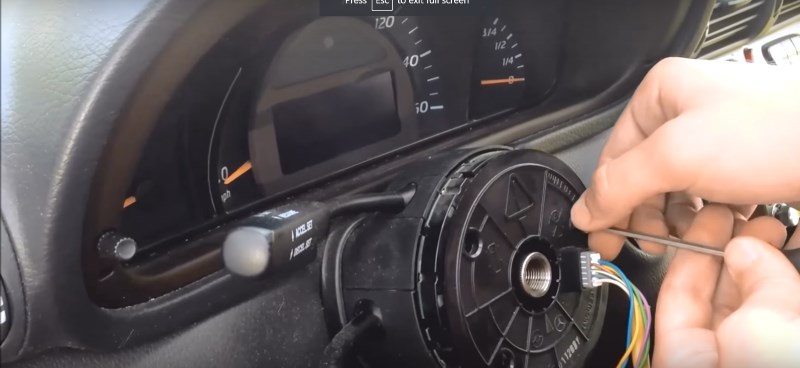What’s a Steering Angle Sensor and Why Does it Matter?
Ever wonder what helps your car stay straight when you’re dodging potholes down Te Rapa Road, or weaving through all those roundabouts on Cambridge Road? That’s where the steering angle sensor comes in. It’s a little gadget tucked away inside your steering column, right next to the steering wheel. Doesn’t matter if you’re driving a Suzuki Swift, a Toyota Highlander, or even something a bit different like a Peugeot 308 — they’ve all got one of these sensors these days.
Basically, the steering angle sensor tells your car’s computer which direction your steering wheel’s pointed. Modern cars need that info for all sorts of smart features — think traction control, ABS, even the stability stuff that kicks in when it’s pouring down during those typical Hamilton winters. Without a good reading from the sensor, your car won’t know the difference between a tight U-turn on Heaphy Terrace or a gentle cruise out to Morrinsville.
How Do These Sensors Work?
Some of these sensors use clever electrical signals (a bit old school, like in early Mazda Axelas), while newer ones – like in Hyundai Konas or VW Golfs – might use little LED lights to judge exactly how much you’re turning the wheel. Most modern vehicles, especially the ones rolling in from Japan or Europe, even have a backup sensor or two, just in case one chucks a wobbly.
If you want to go a bit deeper, check out this handy steering angle sensor explainer.
Why Do Steering Angle Sensors Fail?
You’d reckon these sensors would last the life of the car, but between all those Hamilton stop-starts, rattly commutes to Huntly, bumps in Frankton and all the weather swings – stuff goes wrong. Water leaks in the cabin (common after a rough winter, especially in those older Honda Fits), loose wiring or just the steering column wearing out from time can do the job. Sometimes we see one get knocked loose after a decent whack on a speed bump on Grey Street.
What Are The Signs Yours Is Playing Up?
- Warning lights popping up: If you suddenly see your traction or stability control warning light come on while you’re heading through Chartwell, that’s a red flag.
- Car doesn’t feel right on the road: Steering might feel loose, slow to respond, or just ‘off’ around the corners (noticed this a lot in Nissan Dualis and BMW 1 Series lately).
- Brakes not feeling as sharp: Because the sensor talks to the ABS, if it’s faulty, stopping on wet mornings in Nawton might not feel as safe.
- Pulling to one side: Had a customer from Matangi whose car kept drifting left — ended up being a crook steering angle sensor.
- Speedo and odo being weird: The readings can get thrown off if the sensor’s not behaving.
- Heavy steering: Noticed your power steering’s gone a bit heavy, especially in your Kia Sportage or Mitsubishi Outlander? Could be the sensor.
If any of these ring a bell, don’t wait too long – driving Hamilton’s busy roads with a dodgy steering angle sensor makes things risky.
Need a New Steering Angle Sensor in Hamilton?
If your steering isn’t feeling right, or those warning lights won’t turn off, we sort heaps of steering angle sensor issues here at Grimmer Motors. Our mechanics are all about straight-talking advice and quick, quality fixes – whether your beast is a Corolla, a BMW, or you’ve got something a bit less common like an Isuzu MU-X or SsangYong Korando.
We’ve got the scan tools to track down traction control faults, and we only use proper replacement parts to keep your car handling sweet – no matter if you’re tackling foggy mornings out to Ngaruawahia or baking in summer traffic on Anglesea Street. Take it from us: fixing a steering sensor is one of those small jobs that can save a big headache later on.
For new steering angle sensors in Hamilton, or a check if something’s up, get in touch with Grimmer Motors today. We’re your local, straight-up crew for traction control diagnostics and repairs.

